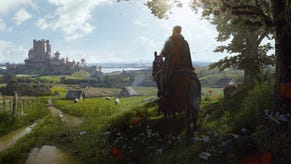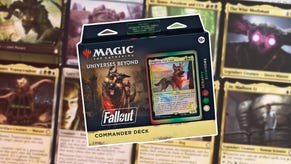Lego is a video game force to be reckoned with – but I miss its early, experimental gaming age
It's great to see so many licensed Lego games doing so well, but my heart will always belong to the weirder, more off-beat titles.
This week, Lego turns 90 years old – an incredible milestone for a little toy company that, at several points in its life, was on the verge of going under. It’s more impressive still that Lego reaches this milestone while one of the biggest toy brands on the planet, recognizable to children everywhere, and all achieved while remaining a private company.
Lego has always had an interesting relationship with video games. On one hand, the company naturally sees video games as competition: when Lego’s financial results declined for the first time in 13 years (half a decade ago), one market factor the company pointed the finger at was kids playing more video games. At the same time, however, gaming has become an inexctricable part of Lego’s business.
 VG247's The Best Games Ever Podcast – Ep.8: Best game that journos love but most people think is ...
VG247's The Best Games Ever Podcast – Ep.8: Best game that journos love but most people think is ...
We now get a high-quality Lego-based video game at least every couple of years – and quite often more frequently than that. These are usually based on Lego’s licensed properties – so gaming adventures that retell the stories of comic book, or Star Wars, or Harry Potter and its kin – just with the tale spun in a blocky, comedic form. A lot is owed to the Lego games as designed by British developer Traveler’s Tales, in fact: much of the presentation of the hugely successful Lego movies has its genesis in these gaming experiences.
But Lego games far predate the first game of this style, 2005’s Lego Star Wars. And as much as I love the Lego games we have today, a 90th anniversary retrospective look back does make me think about how much I miss when Lego games were more wildly experimental.
For the most part, I’m talking about the late nineties. ‘97 through 2000 was a mini golden age of Lego game creativity, headlined by Lego Island, a PC title that was an extremely small-scale open world adventure played from the first-person perspective.
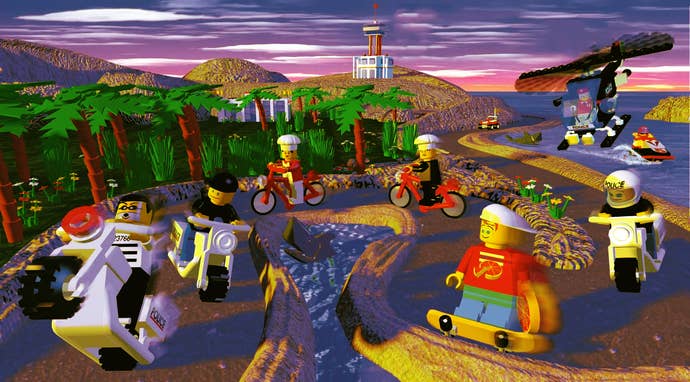
Lego Island was part adventure game, part mini-game collection, allowing you to build and race cars, deliver pizza, zip around on jet skis, or simply just explore the island to marvel at the early 3D recreations of real-life Lego sets – some of which most kids who played this game probably owned. At the end of it all, there’s an epic confrontation with a Lego baddie, an escaped criminal who wants to disassemble the island completely.
I was vaguely obsessed with Lego Island, but it was just one of many titles that featured in many reasonably-priced multi-pack releases at the time. Lego Loco pandered to my train obsession with a low-impact, kid-friendly version of a rail management city-builder. Rock Raiders was essentially a kids’ first real-time strategy game, while Legoland was quite literally Theme Park, except you’re, y’know, building a Lego-themed park. I learned to play Chess - and got pretty good at it - thanks to Lego Chess, where I’d always play as the Cowboys, since that was my favorite theme represented in the game.
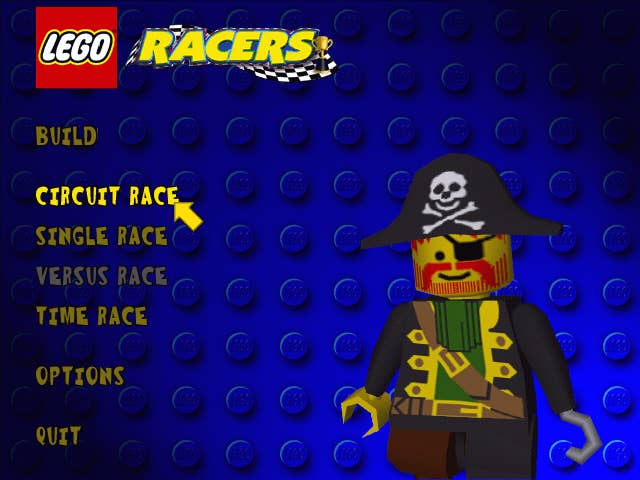
Not all of these games are great, and many of them are too simple for their own good, but I have very fond memories of them and really adore what they represent. This was Lego in a hugely experimental phase; the company would contract various game developers and essentially have them make Lego twists on established genres and properties. Rather than a by-the-numbers formula where the game stays the same but the franchise changes, every game was different and quite unique.
Most of them were on PC, but some more obvious ones did make the jump to various consoles. Non-PC players will probably remember the Kart Racing Lego Racers games the most fondly from this era. The platform didn’t matter as much as the energy these games projected, though – which was a sort of tongue-in-cheek exploration of the themes of video games that matched the way Lego as a whole approached its set themes like Castles, the Wild West, Space, and beyond.
Everything would ultimately change when Traveler’s Tales delivered a game with such a potent formula and such a killer franchise attached that it would become the template for Lego video games going forward – but I do miss that era.
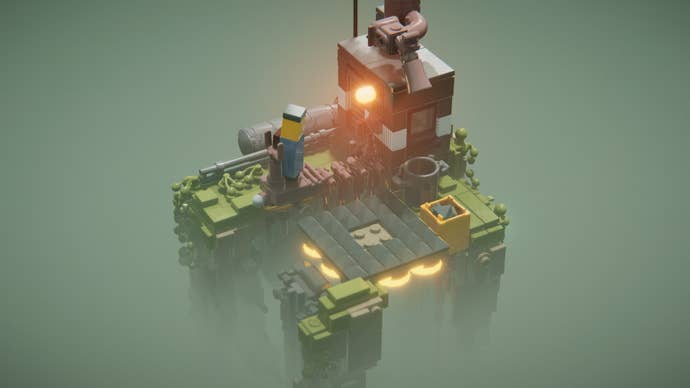
But, with that said… it absolutely might be coming back, at least a little? In recent years we’ve had new Lego Star Wars and Marvel games, but also unique little indie-style joys like Lego Builder’s Journey, and genre copycats like Lego Brawls, which is basically a mobile-based Smash Bros. clone with Lego characters. We’ve also had some cool crossovers, the best of which was of course the brick-built DLC for Forza Horizon 4, which is based on the real-life ‘Speed Champions’ sets.
None of this is quite the same as the weird and wonderful games from the nineties, but it’s fun to see new Lego games popping up that play with the company’s own brands and themes rather than just pander with franchise fanservice.
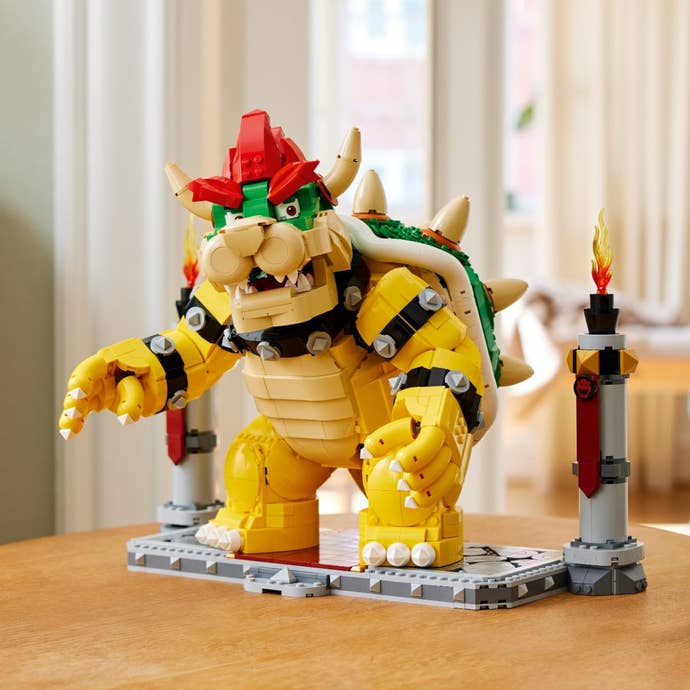
But time marches on, and the connection between Lego and video games is morphing again. In Lego Super Mario, we have a unique new approach which blends a phone app and real-life bricks in an engaging and educational way. And for us elderly folk squinting and remembering the good ol’ days, the company also has an answer: happy to ply our wallets open with beautiful, intricate, and expensive models of things like the NES, the Atari 2600, Green Hill Zone, a Horizon Tallneck, or a Mario Question Mark Block.
It’s never been a better time to be a fan of Lego and a fan of games. But, y’know… I’ll still let that nostalgia fire burn brightly. A lot of those old games have now reached abandonware status – maybe I’ll grab them and give them a go – a perfect way to mark Lego’s 90 years.


